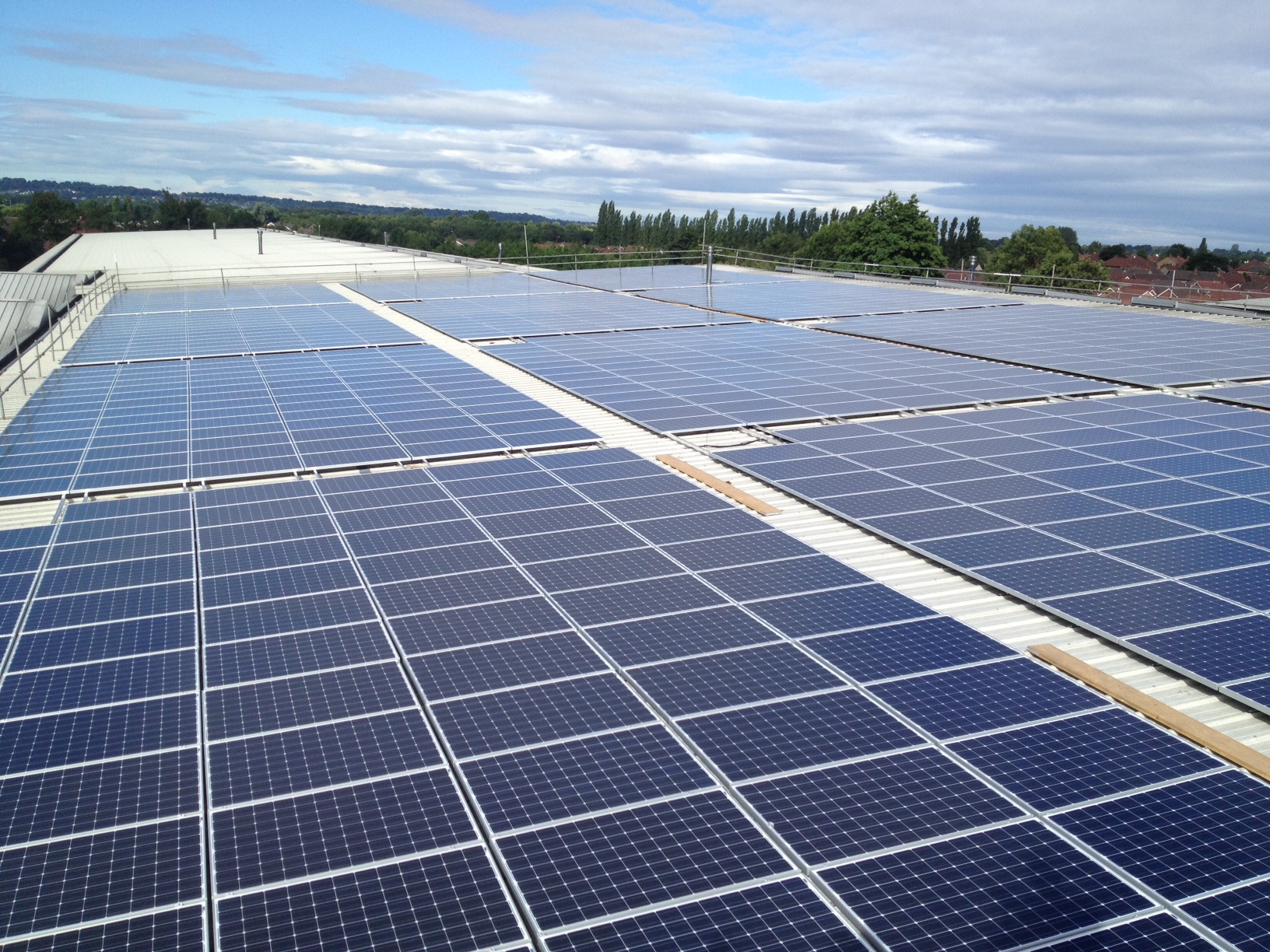Solar panels can be recycled though they need special recyclers who can extract the silicon, silver, copper elements. But in the countries where most of that waste will end up, there are no widespread recycling programs. Once recycling will be fully embraced the cost of production will go down making the initial installation cost affordable. Solar energy is the cleanest, abundant renewable energy available and it is cost effective compared to electricity. Globally there has been exponential growth in solar-powered electricity installation, reaching about 227 GWe. Germany has led PV capacity installations over the last decade and continues as a leader followed by China, Japan, Italy, and the United States.
Most developing countries are opting for energy portfolios that are less vulnerable to price rises. Kenya is the world leader in the number of solar power systems installed per capita. More than 30,000 small solars panels, each producing 12 to 30 watts, are sold in Kenya annually. Many institutions and counties in marginalized areas are now heavily investing in solar technology for lighting. Thus, turning the industry into a big opportunity from PayGo solar home systems to mini-grid solutions. This accounts for 34 percent of all sales in sub-Saharan Africa.
Generating electricity through photovoltaics is a boost to power connectivity and is indeed cheaper and environmentally friendlier than burning fossil fuels, just like any other electronic gadget photovoltaic panels have short lifespans as well. Most of the gadgets have a life span of 30 years and can be replaced before then when damaged.
Research into solar panels has focused on how to improve the efficiency of the production capacity and not the dismantling and recycling of end-of-life (EOL) solar panels. The International Renewable Energy Agency (IRENA) in 2016 estimated there were about 250,000 metric tones of solar panel waste in the world at the end of that year. IRENA projected that this amount could reach 78 million metric tones by 2050.
Types of solar energy technologies
The two main types of solar energy technologies are photovoltaic and thermal collectors. Photovoltaic collectors convert solar radiation directly into electricity, without the use of any heat engine. The panels contain aluminum, glass, silver and an elastic material called ethylene-vinyl acetate.
The problem is that they can also contain more dangerous and sometimes cancer-causing materials such as lead, chromium, and cadmium. Functional panels are sealed off with glass and are very safe. But when the glass breaks or the panels are damaged, those substances can leak, thus resulting in environmental pollution.

